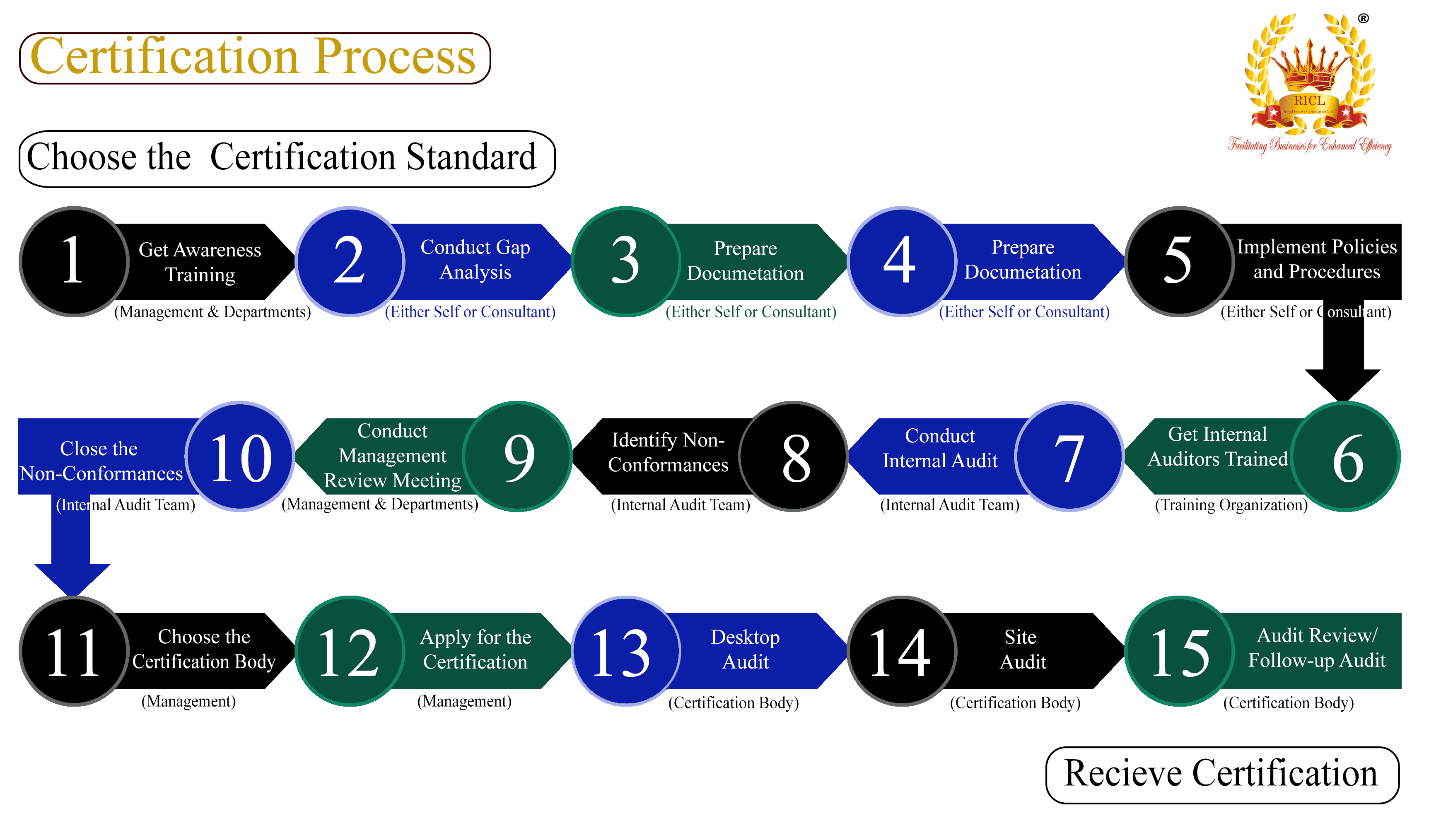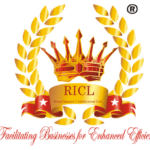
ORGANIC
REACH stands for Registration, Evaluation, Authorisation, and Restriction of Chemicals. It is a European Union regulation adopted to improve the protection of human health and the environment from the risks posed by chemicals. REACH also aims to enhance the competitiveness of the EU chemicals industry and promote alternative methods for the assessment of hazardous substances.
REACH (Registration, Evaluation, Authorization, and Restriction of Chemicals) is a European Union regulation adopted to improve the protection of human health and the environment from the risks posed by chemicals, while enhancing the competitiveness of the EU chemicals industry. It also promotes alternative methods for the hazard assessment of substances to reduce animal testing.
REACH was enacted by the European Parliament and the Council and came into force on June 1, 2007. It applies to all chemical substances; not only those used in industrial processes but also in our day-to-day lives, such as cleaning products, paints, and articles such as clothes, furniture, and electrical appliances. Therefore, the law has wide-ranging effects on most industries.
The central requirement of REACH is that manufacturers and importers are required to register the substances they produce or import with the European Chemicals Agency (ECHA). To register, they need to provide data on the properties, uses, and safe ways of handling the substances. This responsibility is intended to ensure that manufacturers and importers assess and manage the risks posed by chemicals and provide appropriate safety information to their users.
Another key element of REACH is the evaluation process, which serves to examine the data submitted by registrants to ensure their compliance with the regulation and to assess any risk the substance may pose. The most concerning substances are subject to an authorization process, which requires companies to seek permission to continue using the substance if it is deemed to pose significant risks to health or the environment.
Finally, REACH allows for the restriction of the manufacture, marketing, or use of certain substances if their risks cannot be managed adequately. This part of the regulation is intended to ensure that substances posing unacceptable risks to health or the environment are phased out and replaced with safer alternatives. Through these mechanisms, REACH aims to significantly enhance legislative transparency and promote the safety and sustainability of chemical usage within the EU.

The REACH regulation impacts a broad range of industries due to its comprehensive approach to chemical safety. Here are The industries that are affected by REACH regulations:
- Automotive manufacturing
- Aerospace industry
- Chemical production
- Electronics manufacturing
- Pharmaceutical industry
- Textile and apparel manufacturing
- Food and beverage production
- Packaging industry
- Printing and publishing
- Construction and building materials
- Oil and gas extraction
- Mining and mineral processing
- Metal fabrication and machining
- Plastics and rubber products
- Renewable energy sector
- Waste management and recycling
- Water treatment and sanitation
- Agriculture and agribusiness
- Forestry and logging
- Pulp and paper industry
- Steel and metal production
- Cement and concrete manufacturing
- Shipbuilding and maritime industry
- Power generation and utilities
- Telecommunications industry
- Transportation and logistics
- Healthcare and medical services
- Education and research institutions
- Hospitality and tourism
- Retail and consumer goods
- Financial services
- Information technology (IT) sector
- Consulting and professional services
- Real estate and property management
- Chemical distribution and trading
- Automotive aftermarket services
- Environmental consulting firms
- Renewable energy developers
- Industrial cleaning and maintenance
- Laboratory and testing services
- Environmental advocacy organizations
- Government and public sector agencies
- Non-profit organizations
- Event management and entertainment
- Sports and recreation facilities
- Textile recycling and upcycling
- Food service and catering
- Green building and architecture
- Eco-tourism and outdoor activities
- Waste-to-energy projects
[WPSM_AC id=5347]
[formsapp id=”662f63f6c4dd546c9916c3db”]
